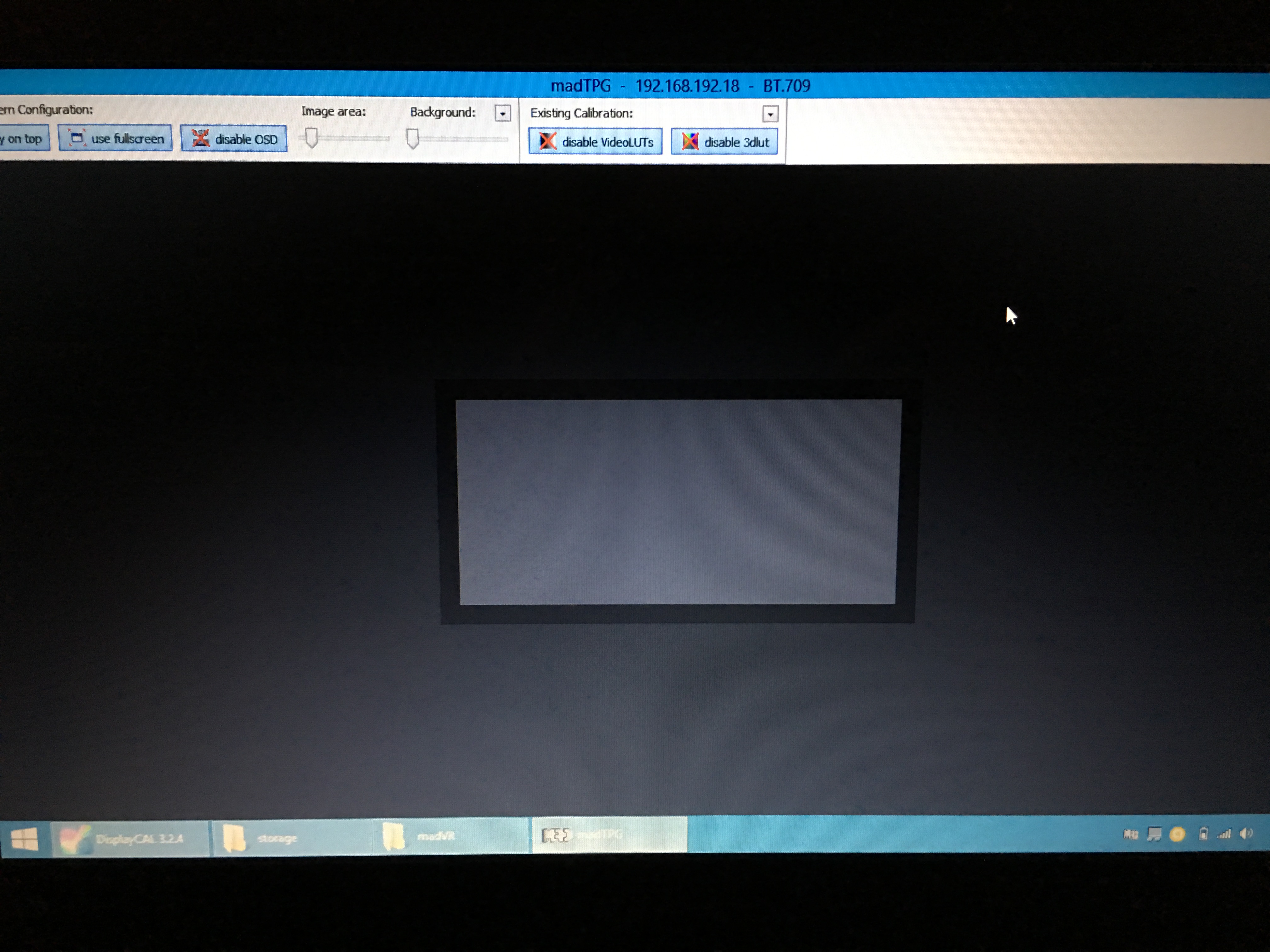

The software takes that data and builds a colour profile for your monitor. The hardware takes the form of a sprectocolorimiter or colorimeter, which measures your monitor and records colour values, brightness and contrast, as well as other variables. The best monitor calibrator tools include two components to do that: hardware and software. Monitor calibration involves measuring and adjusting the colours on your computer monitor to meet a set standard.
#DISPLAYCAL OLED PRO#
It's fairly expensive – comparable to the Calibrite Display Pro at number 2 above, but it's a specialist tool for a very particular task. If you do use a compatible Wacom Cintiq tablet, then the Wacom Colour Manager is the best monitor calibrator we can recommend to ensure the accuracy of your screen. Instead it's designed specifically for use with Wacom's own Cintiq pen displays (and not all of them, so be sure to check if yours is compatible). This isn't a general-purpose display calibrator unlike all the others here. All three of these products were previously part of the X-Rite i1 range, which has been rebranded as Calibrite ColorChecker but is produced by the reliable X-Rite.
#DISPLAYCAL OLED PLUS#
Or if you need to measure super-bright displays over 1000 nits, you'll want to opt for the still more expensive Display Plus at number 5.

If you think the Calibrite Color Checker Display Pro is a little too expensive for your needs, take a look at the standard ColorChecker Display at number 4 in our selection of the best monitor calibrator tools. Video colour standards are also incorporated, so video editors can set up their display for best results, too. A technology called Flare Correct will measure and adjust your display profile for reduced contrast ratios caused by glare on your screen. This monitor calibrator allows you to use your profile across multiple displays (either on the same machine or network) as well as assess the ambient light in your workspace to set your monitor up for best results. The naming gets a bit confusing here because Datacolor's SpyderX Pro (above) is its standard calibrator tool, whereas Calibrite reserves the "Pro" tag for this, the second model up in its range, above the cheaper ColorChecker Display but below the slightly more expensive ColorChecker Display Plus. Previously named X-Rite i1 Display Pro, the brilliant Calibrite ColorChecker Display Pro is a monitor calibrator that offers a whole lot of features and options, although you do pay for them. The more expensive SpyderX Elite (see number 5) offers some extra features, but for most people, this standard option will be all they need for reliable monitor calibration. We find Datacolor's software, which comes with the device, is easy to use, allowing us to get started calibrating immediately. It detects light conditions to ensure a monitor looks its best wherever you're working. That said, it's still one of the best monitor calibrators we've tried for overall value, offering useful advanced features like multi-monitor support. The SpyderX Pro is now the cheapest option in the Datacolor calibration range (the former Spyder5 range had a budget "Express" model). If you calibrate your monitors regularly (and we recommend you do), the faster calibration can save you quite a bit of time in the long run. SpyderX monitor calibrators use a new lens-based sensor system that makes calibration faster while also increasing accuracy so you can be even more confident in your screen's colour accuracy.

These tools are physical pieces of hardware that actually 'look at' your display to measure its output.ĭatacolor is one of the best-known brands when it comes to monitor calibration, and it's followed up its Spyder5 range of monitor calibrators with SpyderX, which we've found to improve on nearly every aspect of the previous models.
#DISPLAYCAL OLED HOW TO#
As for how to do it, there are downloadable apps that claim to calibrate screens, but they just can't beat using one of the best monitor calibrator tools. You can learn more about the importance of monitor calibration at the bottom of this guide. This means you might edit an image or get a piece of design into a form that looks perfect on the screen you're working on, and then you send it to a client and they think it looks terrible. Without using one of the best monitor calibrators it's very easily to end up with over-saturate or grade colours when the work is seen in its final application.

All this means that if you don't calibrate your screen, the images you're looking at might not represent how they'll look on a different screen – or printed out on a physical support. Of course, ambient lighting also affects how your work looks on a screen. Even excellent monitors can vary in the colours they display when they come out of the box, and a single monitor fluctuates in its output over time.


 0 kommentar(er)
0 kommentar(er)
